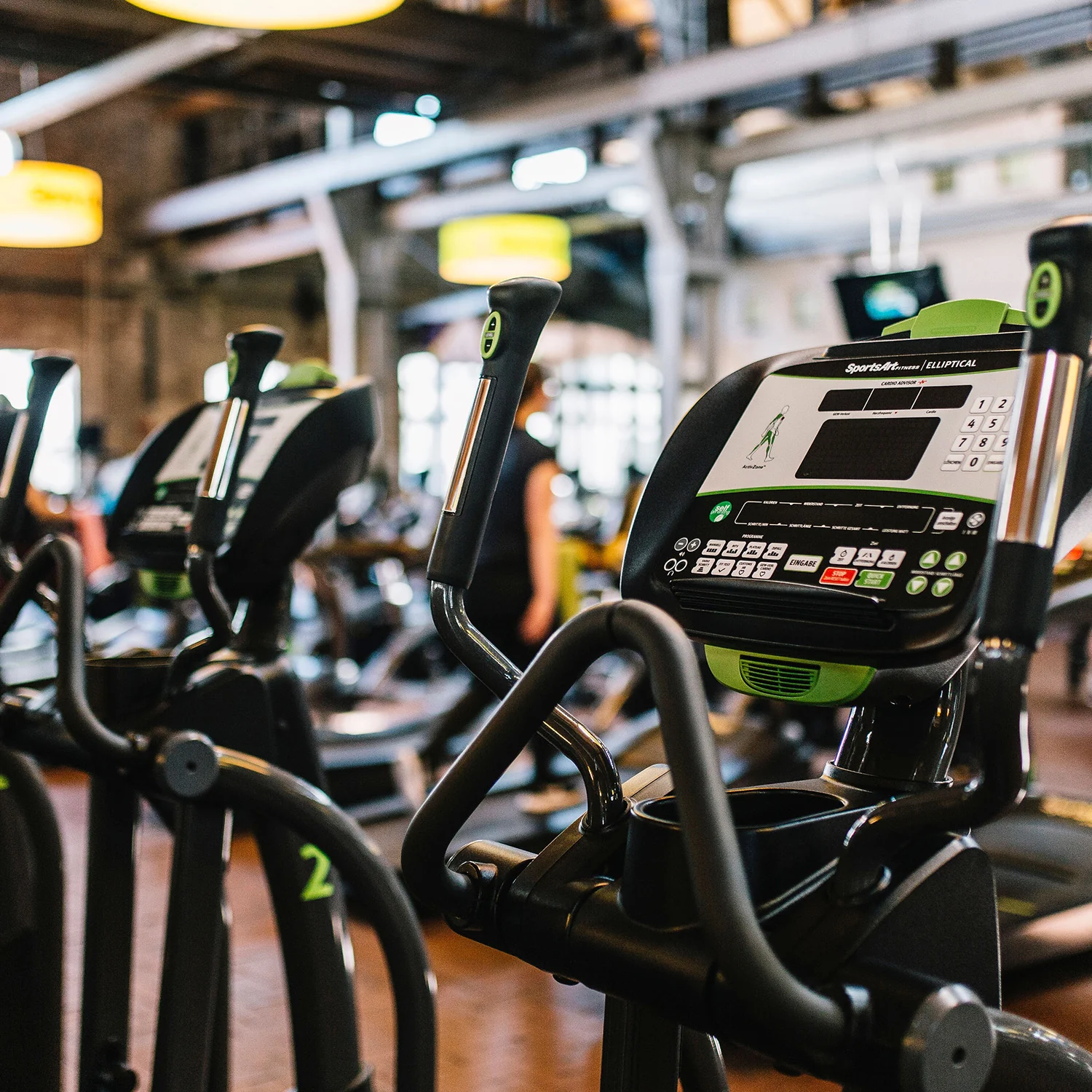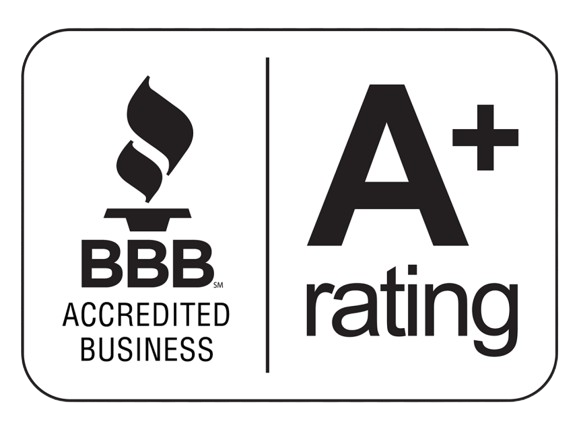Moving can be a daunting task, especially when it comes to packing up your tools. Whether you’re a professional tradesperson or a DIY enthusiast, your tools are valuable assets that require careful handling during a move. In this comprehensive guide, we’ll walk you through the process of how to pack tools when moving to ensure they arrive at your new location in perfect condition. Let’s get started!

Assess Your Tools
Before you dive into the packing process, it’s crucial to assess your tools and gather the necessary supplies. Here’s what you need to do:
Create an Inventory of Your Tools
Begin by creating a detailed inventory of all your tools. Categorize them by type, such as hand tools, power tools, and gardening tools. This step will help you determine the number of tools you have and plan your packing accordingly. Additionally, identify which tools you’ll need immediately upon arrival at your new home.
Gather Necessary Packing Supplies
To pack your tools effectively, you’ll need the right packing supplies. Make sure you have an ample supply of sturdy boxes, packing tape, bubble wrap, packing paper, and plastic bags. Having these materials on hand will make the packing process much smoother.
Sort and Declutter
Moving is an excellent opportunity to declutter your tool collection. Here’s how to go about it:
Declutter Your Tool Collection
Take a close look at your tools and identify any items that are broken, damaged, or no longer needed. Dispose of these tools responsibly. Consider selling or donating tools that are still in good condition but no longer serve your purposes. By reducing the number of tools you need to pack, you’ll save time and effort.
Separate Fragile or Delicate Tools
Some tools may be more delicate or fragile than others. Identify these items and set them aside for special handling. You’ll need to take extra precautions when packing them to prevent damage during the move.
Prepare Your Tools
Preparing your tools for the move is essential to ensure they remain in good condition. Follow these steps:
Clean and Lubricate Your Tools
Start by cleaning your tools thoroughly. Remove any dirt, dust, or rust that may have accumulated. For hand tools, consider applying a thin layer of lubricant to moving parts to prevent corrosion. Cleaning and lubricating your tools will help maintain their functionality.
Disassemble If Necessary
Some tools may consist of multiple components or attachments. If applicable, disassemble these tools and pack them separately. This will reduce the risk of damage during transit and make packing more efficient.
Choose the Right Packing Materials
Selecting the appropriate packing materials is crucial for the safety of your tools:
Select Appropriate Boxes
Choose sturdy cardboard boxes in various sizes to accommodate your tools. Consider specialty boxes for fragile or irregularly shaped tools, such as those with long handles or odd dimensions.
Use Packing Materials Wisely
Wrap fragile tools in bubble wrap or packing paper to provide cushioning and protection. Smaller tools can be placed in plastic bags or pouches to keep them organized. When packing the boxes, use packing peanuts or towels to fill any gaps and prevent tools from shifting during transit.
Pack Your Tools Safely
Now that you have your tools and packing materials ready, it’s time to pack them securely:
Arrange Tools Strategically in Boxes
When placing tools in boxes, start by putting heavier items at the bottom to maintain stability. Arrange tools in a way that minimizes empty spaces, but avoid overpacking boxes, which can lead to damage. Fill any gaps with packing material to prevent movement.
Label Your Boxes
Clearly label each box with its contents and indicate if any items inside are fragile. You may also consider using color-coded labels to help identify the contents quickly. Proper labeling will make the unpacking process much smoother.
Consider Special Handling for Power Tools
Power tools require special attention during packing. Here’s what you should do:
Remove Batteries and Accessories
To prevent accidental activation during transit, remove batteries from cordless power tools and any accessories. Place the batteries in separate plastic bags and secure them within the same box as the tool.
Use Original Cases If Available
If your power tools come with original cases or boxes, use them for packing. These cases are designed to provide optimal protection. If you don’t have the original cases, consider purchasing suitable cases for your power tools.
Secure Cords and Cables
Bundle cords neatly and secure them with twist ties or Velcro straps to prevent tangling and potential damage.
Load and Transport Safely
Loading and transporting your tools in the moving truck requires careful planning:
Load Tool Boxes Strategically
When loading the moving truck, place your toolboxes in a secure and accessible location. Avoid stacking heavy items on top of the toolboxes to prevent damage.
Be Mindful of Weight Distribution
Maintain a balanced weight distribution within the moving truck to ensure safe driving. An unevenly loaded truck can affect handling and increase the risk of accidents.
Drive with Caution
Be aware of the location of your tool boxes in the truck while driving. Drive cautiously to avoid sudden stops or sharp turns that could result in tools shifting and potential damage.
Unpack and Organize
Once you’ve arrived at your new location, it’s time to unpack and organize your tools:
- Prioritize unpacking your essential tools, especially those you’ll need for setting up your new workspace.
- Clean and reassemble any tools that were disassembled for the move.
- Set up your new workspace efficiently to ensure you can get back to work as quickly as possible.
Store Your Tools Safely
To maintain the condition of your tools in the long run, consider these storage tips:
Invest in Proper Storage Solutions
Invest in quality storage solutions like tool chests, pegboards, and wall-mounted organizers. These will help keep your tools organized and protected.
Keep Tools Organized
Label drawers or hooks in your storage system to keep your tools organized and easily accessible. Implement a routine for tool maintenance to ensure they stay in excellent working condition.
Conclusion
Packing tools for a move may seem like a daunting task, but with a systematic approach, you can ensure that your valuable tools arrive safely at your new destination. By assessing your tools, sorting and decluttering, preparing them properly, choosing the right packing materials, and following safe loading and transport practices, you’ll be well on your way to a successful tool relocation. If you want to know how to pack pots and pans for moving, just check out our blog page today!
Remember that your tools are an essential part of your work or hobby, so taking the time to pack them carefully is worth the effort. With the right precautions, you can look forward to using your tools in your new space and continuing your projects without a hitch.
Don’t let the thought of packing tools overwhelm you. Gorilla Moves is here to simplify the process and ensure your tools reach your new destination intact. Reach out to us now, and let’s make your tool-moving experience smooth and efficient. If you’re looking for reliable moving companies Chilliwack, just give Gorilla Moves a call today!
FAQs: How to Pack Tools When Moving?
What’s the best way to protect my tools during a move?
To safeguard your tools, start by cleaning and organizing them, then pack them in sturdy containers, such as toolboxes or padded bags. Secure fragile tools with bubble wrap or foam to prevent damage.
Can I pack all my tools together, or should they be separated by type?
It’s advisable to pack tools by type or category to maintain organization and make unpacking easier. This prevents small tools from getting lost and minimizes the risk of damage.
Should I disassemble larger tools before packing them?
Yes, disassembling larger tools can save space and prevent damage. Keep all parts, screws, and accessories together in labeled bags, so you can reassemble them easily at your new location.
What’s the importance of labeling tools during packing?
Labeling your tools ensures you can quickly identify them when unpacking. It also helps you keep track of your inventory, reducing the chances of leaving any tools behind.
Can I transport my tools in my personal vehicle, or do I need a moving truck?
Smaller tool collections can often be transported in your personal vehicle, but for larger sets, a moving truck may be necessary. Ensure tools are securely fastened to prevent shifting during transit, regardless of the vehicle used.








